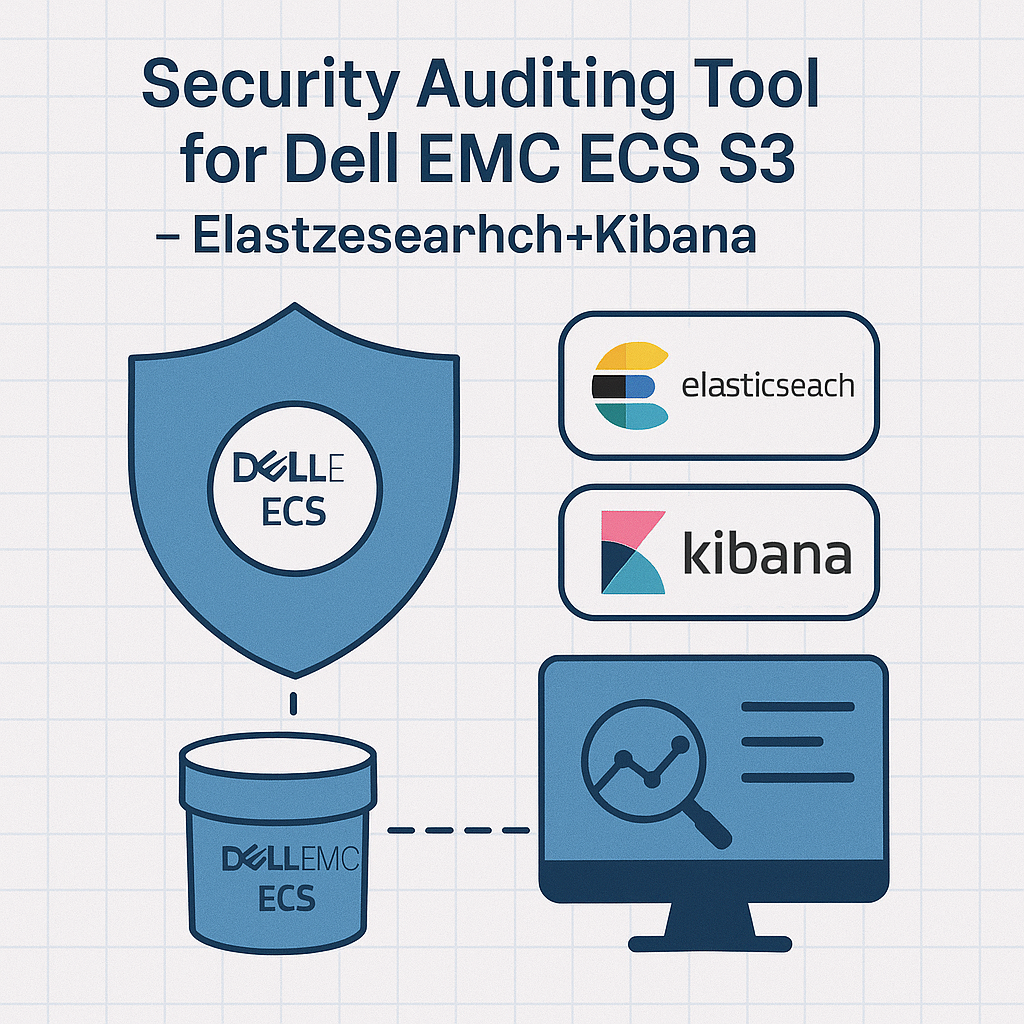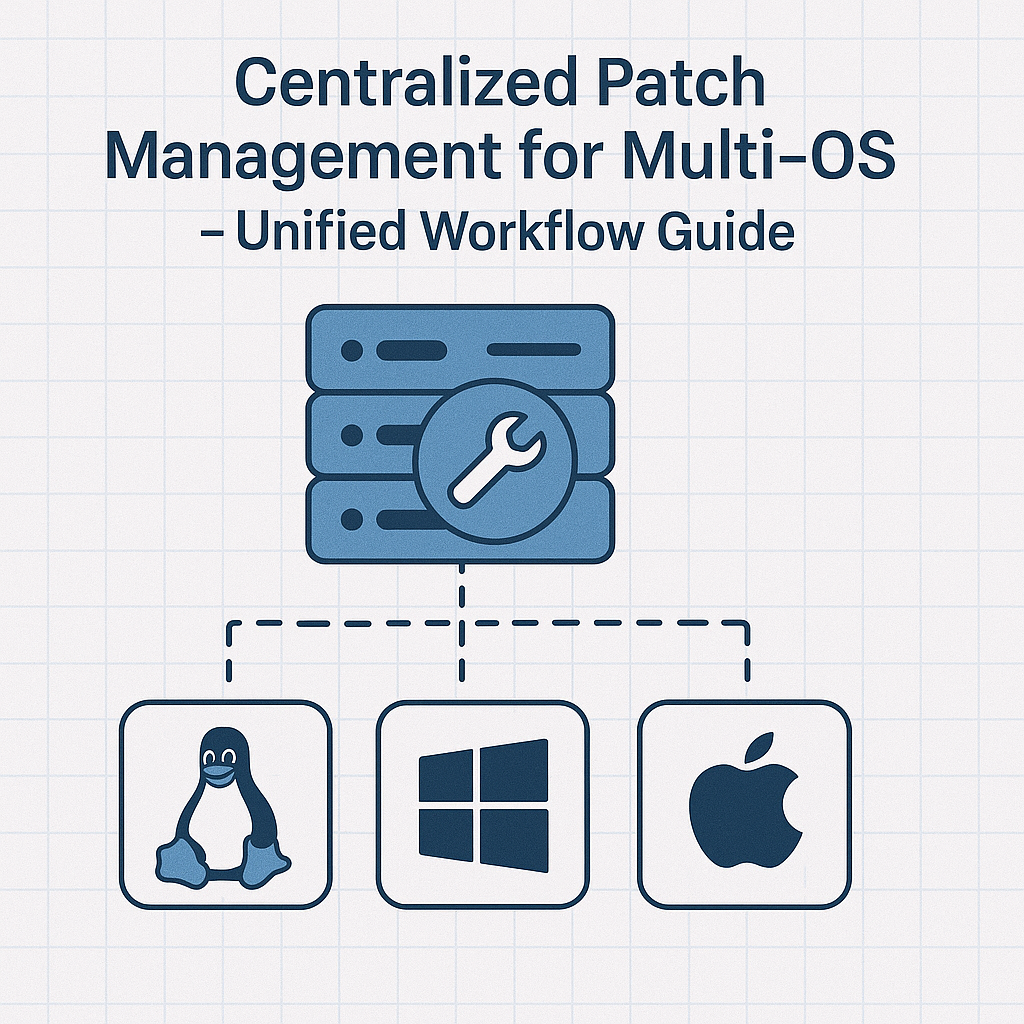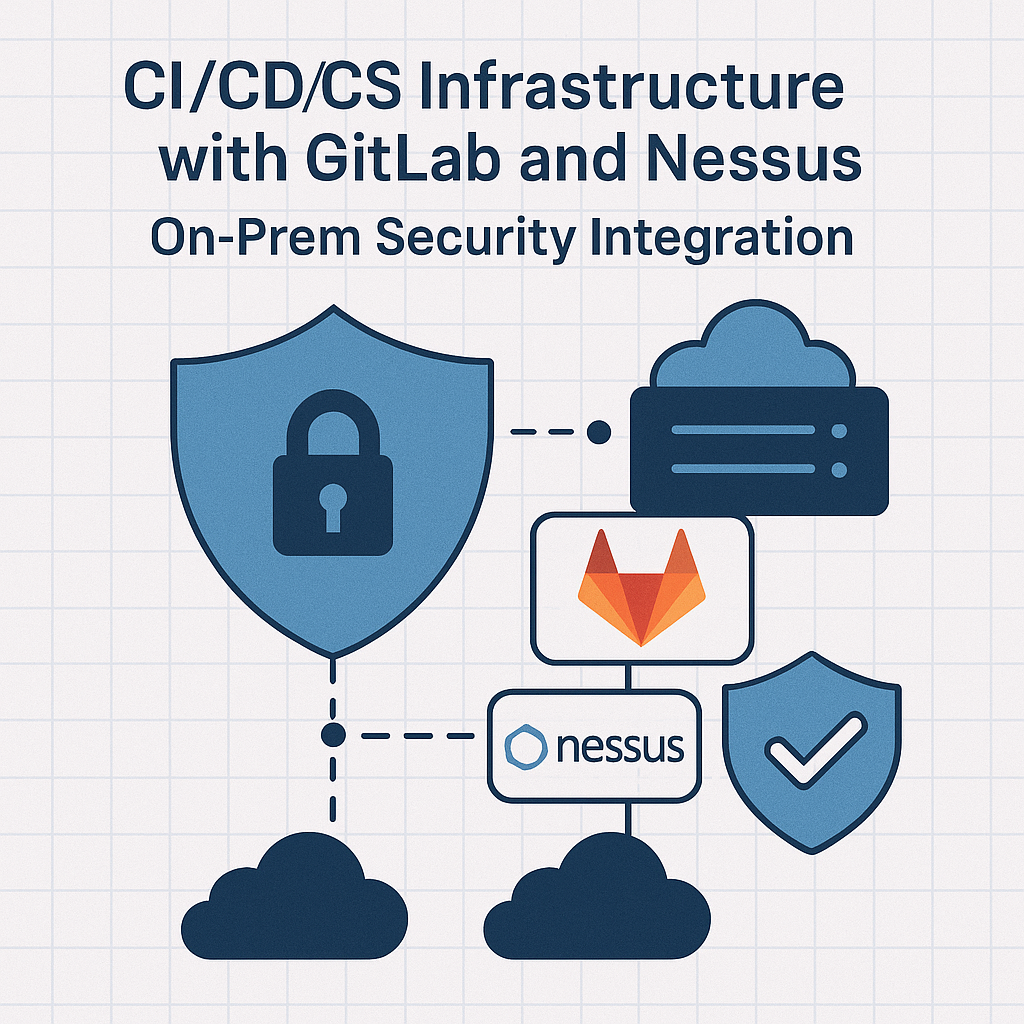Introduction
CRIF, a global leader in credit and business information systems, traditionally deployed its core solution in monolithic environments. We were responsible for designing and implementing their first Kubernetes-based deployment, using Helm for automation, scalability, and portability.
This was a pioneering implementation – the first time CRIF’s platform was launched on Kubernetes anywhere in their ecosystem.
The Challenge
- The CRIF solution was originally designed for deployment on bare-metal or VM environments
- No prior Kubernetes manifests or Helm charts existed
- Tight deadlines and security compliance requirements
- Solution had multiple components with complex dependencies (databases, services, APIs, job queues)
Our Solution
🧠Architecture & Planning
- Created an isolated Kubernetes namespace with RBAC and network policies tailored to CRIF’s security standards
- Designed a modular Helm chart structure to support:
- Configurable environments (dev, staging, prod)
- Secret injection via Kubernetes Secrets and ConfigMaps
- Custom startup logic for legacy dependencies
⚙️Helm-Based Deployment
- Developed Helm charts from scratch, including:
- StatefulSets for database components
- Deployments for microservices with liveness & readiness probes
- Ingress setup using NGINX Controller with TLS termination
- Implemented values templating to support multi-tenant environments
🔐Security & Compliance
- Used PodSecurityPolicies and image validation hooks
- Integrated with Vault for secret management
- Configured network segmentation using Calico
📦CI/CD Integration
- GitLab CI pipelines triggered Helm deployments for each environment
- Helmfile used to manage grouped deployments in the correct order
The Results
- First successful Kubernetes deployment of the CRIF solution globally
- Reduced deployment time from hours to under 10 minutes
- High scalability: solution now deployable in any Kubernetes-compatible cloud
- Improved observability with native Kubernetes logs, metrics, and dashboards
- Ready for future microservices refactorization
Conclusion
This project laid the foundation for containerized delivery of a complex legacy application, improving maintainability and speeding up provisioning drastically.
This success story demonstrates that even traditional platforms with tight constraints can be successfully containerized and integrated into modern DevOps workflows.


